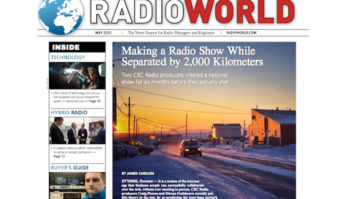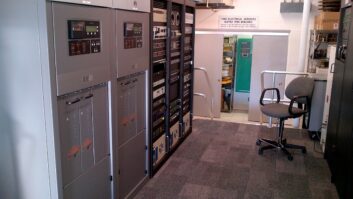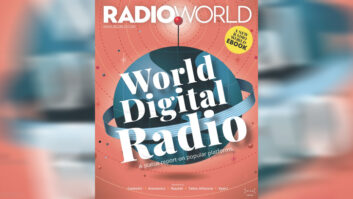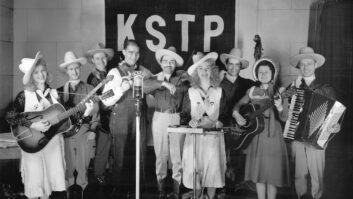BRUSSELS — Against a backdrop of increased competition from streaming services and declines in listening from younger audiences, an EU-funded project is working to develop new radio services.
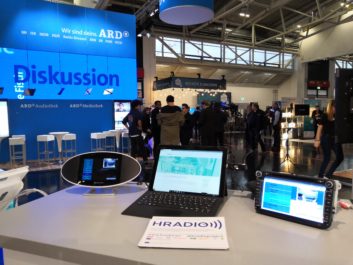
HRadio — “Hybrid radio everywhere for everyone” — seeks to exploit the full potential of hybrid technology to deliver time and location-independent linear radio services.
By combining IP and broadcast signals, listeners can interact with their radio station, receive personalized content such as news and weather updates, and easily pause or substitute broadcast radio with on-demand content.
CHALLENGES
Jaco van der Bank, the project’s researcher at IMEC and the Vrije Universiteit Brussel (VUB), said there were three sets of challenges for the project to overcome.
The first was technical integration. “FM does not converse well with other media,” he explained. “Because of a lack of integration options into digital platforms, there’s a strong risk that FM radio will remain an analog island in the digital ocean of modern mobile digital systems.” Van der Bank also said the project concluded that hybrid radio depends on good and consistent metadata. “This turned out to be one of the most important challenges to solve. Without the availability of metadata, very few scenarios could be released.”
The second challenge was service harmonization, Van der Bank said. “The integration of service features in the radio world is often not satisfying. Radios are radios, and IP radios are IP radios — both are often sold together as a single device, but a real integration has never happened. Regular IP radios do not deliver the same ‘super-easy’ experience as a standard DAB/FM device, which simply plays radio after unboxing. IP radios require connections and aggregators, and permanent updates of streaming URLs for radio stations.”
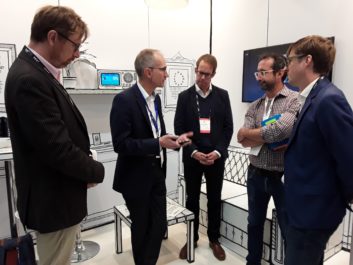
Van der Bank believes that stations are being forced into competition with sophisticated services such as music streaming and on-demand content. “In order not to be perceived as the ‘old’ radio service, broadcasters must combine their traditional linear services together with their IP-based on-demand content in order to provide an integrated service which matches the expectations of end users.”

The final challenge for the HRadio project was user engagement. “Radio applications on mobile platforms enable broadcasters to get in direct contact with their listeners and increase audience engagement — yet the transition into this domain is not easy,” explained van der Bank.
“Besides enabling more interactive features, such as personalization, targeted advertising, games and voting, this also opens up the new market segments and revenue models. Very few have successfully managed this level of engagement.”
SOLUTION
To overcome these challenges, the HRadio consortium created 47 different hybrid user scenarios, which were analyzed and clustered into 10 categories. From there, 29 user scenarios were ranked by both end-users and the consortium, according to what they found to be the most interesting, and the industry relevance. These were mapped onto user and technical requirements, grouped and distributed over two pilot phases.
This translated into seven products that were tested by end users on Open Mobile Radio Interface (OMRI) architecture, which integrates and harmonizes FM with streaming features using web-based DAB over IP Player.

“For the harmonization between DAB broadcast and IP signals, we achieved this with DAB over IP — this was really a challenge,” said van der Bank
HRadio now has working prototypes that it is testing with end-users in Belgium with the VRT, and in Germany with RBB. “From there we will integrate the results, learnings and feedback to fine-tune the prototype” he concluded.
“Through our commercial partner Konsole Labs, we are providing interested broadcasters a proof of concept, and started a round of limited testing with broadcasters outside the current consortium in March.”
